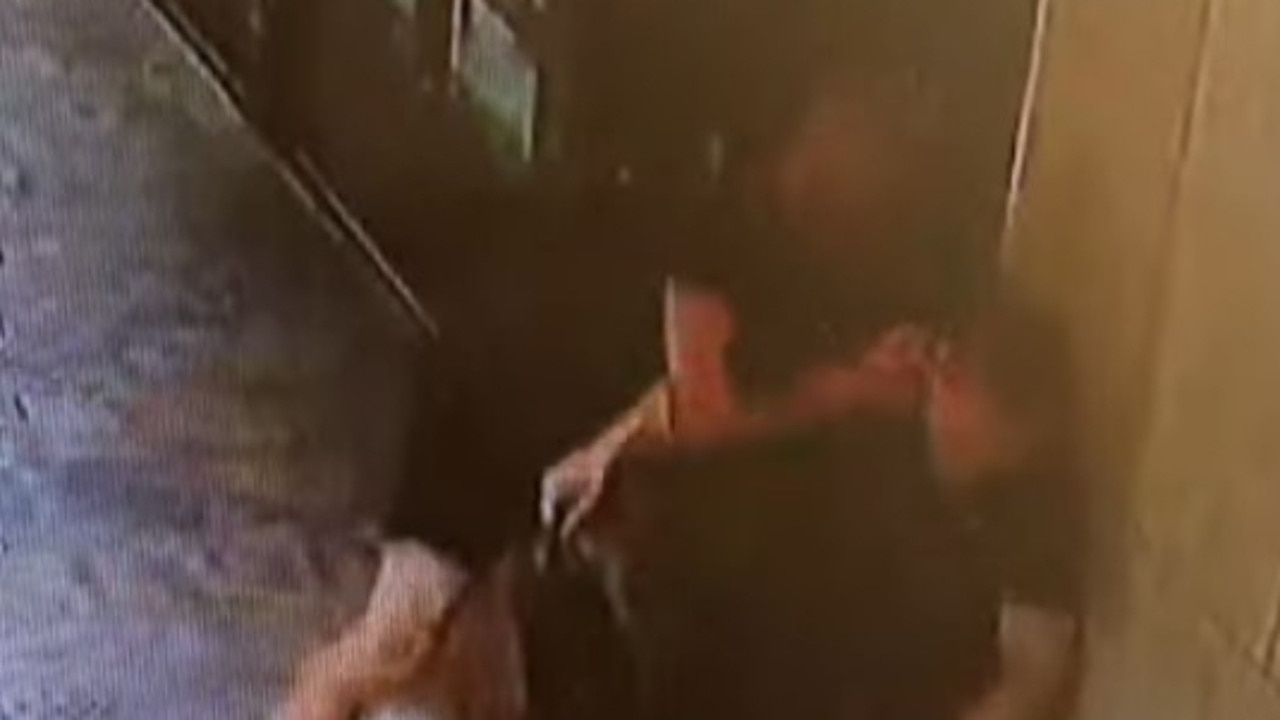The Collaroy cinema is the oldest movie theatre on the northern beaches
The oldest functioning movie theatre on the northern beaches has lived a tenuous existence over the past 87 years. The cinema at Collaroy was built in 1937-38, just as a nation was recovering from the Depression but on the eve of a world war.
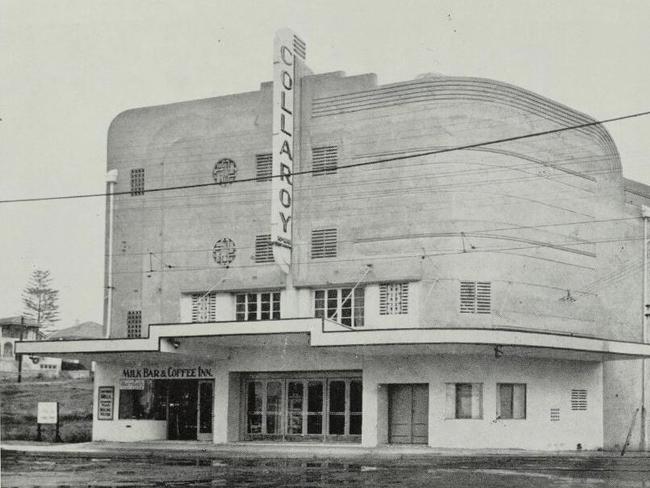
Manly
Don't miss out on the headlines from Manly. Followed categories will be added to My News.
The oldest functioning movie theatre on the northern beaches has lived a tenuous existence over the past 87 years.
The cinema at Collaroy was built in 1937-38, just as a nation was recovering from the Depression but on the eve of a world war.
And just as the post-war boom was getting into full swing in the 1950s, along came television to strip the cinema of another generation of patrons.
Since then, the Collaroy cinema has flourished and faded according to the times, changing hands and names on a regular basis and sometimes leaving locals wondering whether it would survive at all.
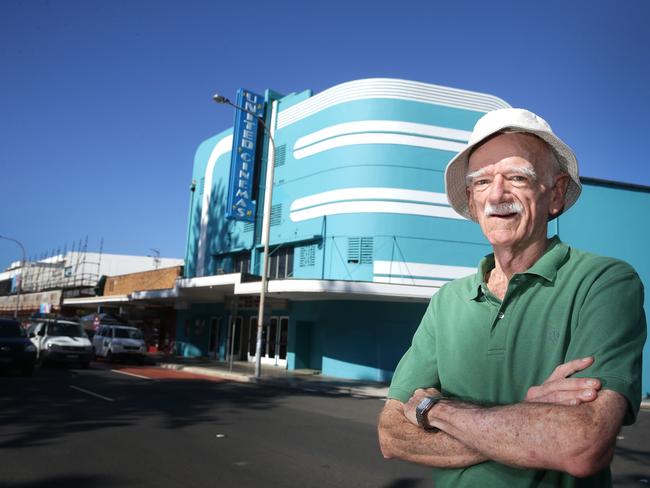
Local historian Bob Pauling researched the history of the Collaroy cinema for his book “Going to the Pictures in Manly, Warringah and Pittwater”, which was published in 2016.
The first regular exhibitions of movies at Collaroy were in the Arlington Amusement Hall, which was built on the beachfront in 1919.
Then, as now, a row of shops occupied the Pittwater Rd frontage, while a large hall occupied the rear of the building overlooking the beach.
The hall serviced a variety of purposes over the years, including as a dance hall, roller-skating rink, mini-golf course and movie theatre, and the hall may have closed its doors more than once.
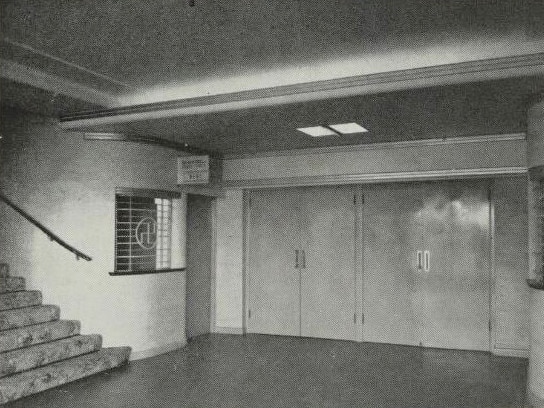
Between 1929 and 1937, three different operators exhibited movies in the hall, although the service was not continuous.
But when Arlington Hall closed temporarily in 1937, the operators of the movie theatre at the time, Casmi Theatres Pty Ltd, made a bold decision – to erect a purpose-built movie theatre at Collaroy.
Casmi obviously had confidence in the future of the northern beaches – they also operated movie theatres at Narrabeen and Dee Why – but the decision to build a new theatre showed enormous confidence in Collaroy’s theatre.
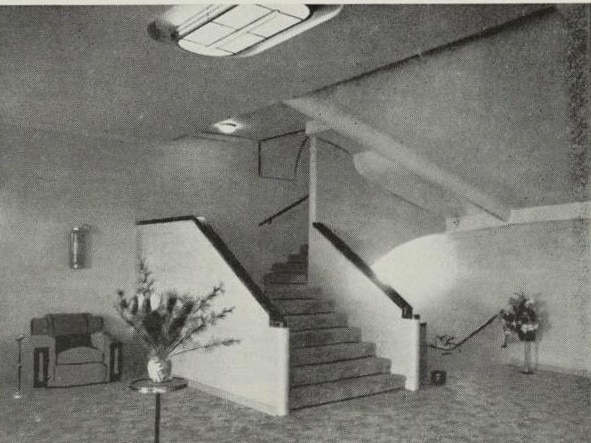
As a trade magazine of the time explained: “The proprietors, Casmi Theatres, had asked for a modern theatre with all the features that are now considered essential in all theatre projects, such as good ventilation, good lighting, perfect acoustics, comfortable seating and lounge areas, and, above all, sound and lasting construction.”
And that’s exactly what Casmi got from architect J.C. Rennie Bartle and builder C.A. Bullivant, but not without some difficulty.
Located on the corner of Pittwater Rd and Alexander St, the rear or stage end of the site was below sea level, so “water had to be pumped continuously for three weeks in order to place the concrete footings and bring the brickwork up to street level.”
Among the contractors for the fitting-out of the theatre were several icons of early Australian industry: ventilation by Malleys, roofing by James Hardie and seating by Dunlop.
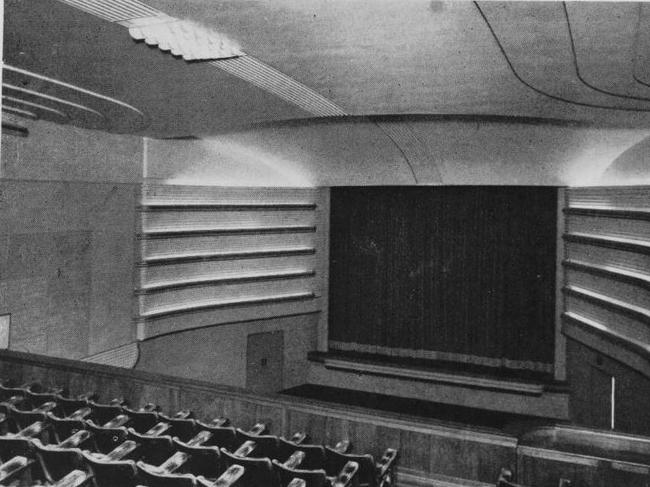
The auditorium initially seated 700 but was later altered to seat 665 – 398 in the stalls and 267 in the dress circle.
With its art deco exterior, the theatre was an imposing but not overbearing newcomer to Collaroy, being comparable in scale to the other major buildings in the commercial centre of the suburb – the surf club, Arlington Hall and the Bank of New South Wales.
The De Luxe Theatre, as it was called, was licensed in March 1938 and opened with “Prisoner of Zenda”.
But while Casmi’s confidence in Collaroy was well-founded, the company’s confidence in the future of movie-going was not – the world went to war the year after the theatre opened.
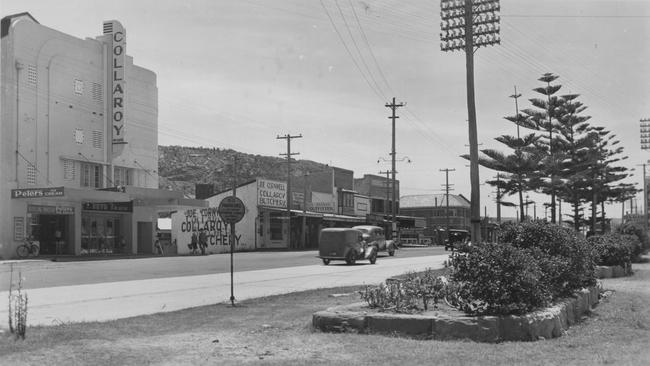
With soldiers going overseas, families moving away from the coast out of fear of a Japanese invasion, tourism diminished and there was little money to spare for luxuries like going to the movies, times were tough for the De Luxe so soon after opening.
In 1944, the licence to operate the De Luxe Theatre was transferred from Casmi Theatres Pty Ltd to Acme Theatres Pty Ltd, which was part of the Greater Union organisation.
Acme changed the name of the theatre to the Odeon, adding it to the string of Odeon theatres that Greater Union operated across Sydney.
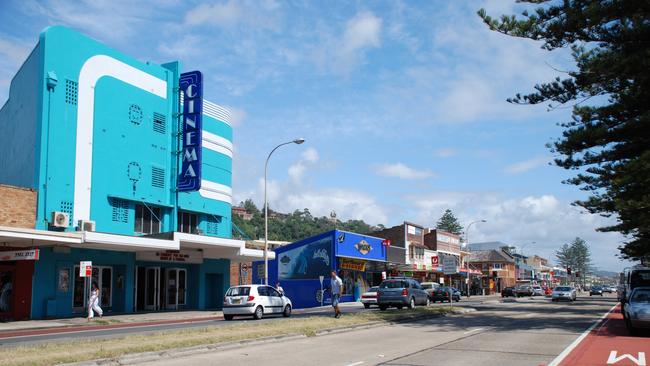
But just as the economy began to recover in the 1950s and cinemas began to enjoy good patronage, television arrived and slowly stripped cinemas of some of their patrons.
Many theatres closed but the Collaroy theatre carried on, changing hands and names several times.
In 1987, the Collaroy theatre was purchased by entertainer Mike Walsh and renamed the Collaroy Hayden, becoming the sixth theatre in a chain across Sydney that included the Hayden theatres at Avalon and Cremorne.
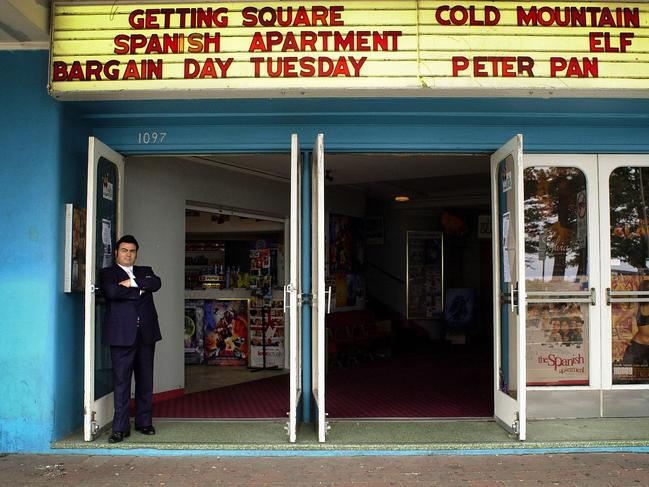
But the Collaroy Hyden was short-lived and was sold to the theatres current owner, Roy Mustaca, in 1988.
Mr Mustaca owns another nine cinemas, including at Warriewood and Avalon, under the name United Cinemas.
In 1990, the Collaroy United was twinned, the stalls becoming one theatre and the former dress circle becoming the other.
Since the theatre has undergone several internal changes, most recently during the COVID-19 lockdown in 2020.

